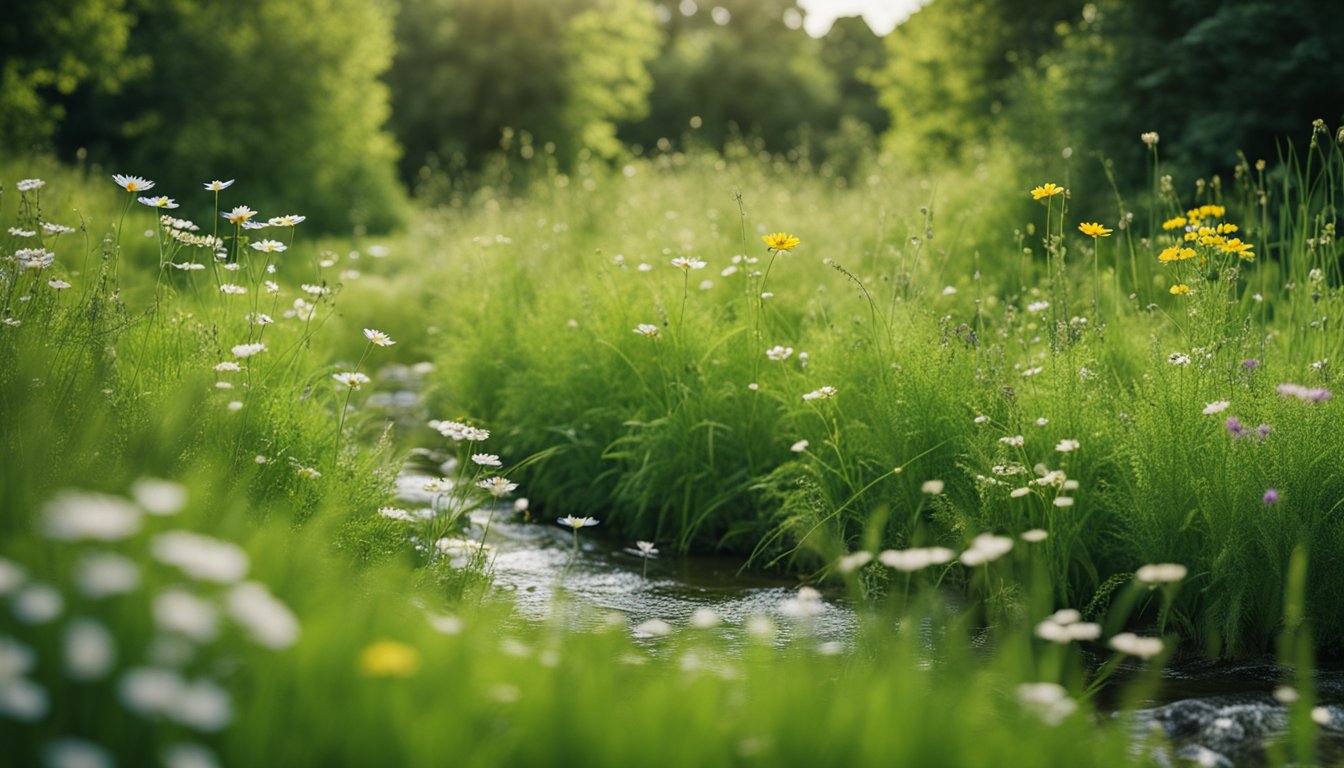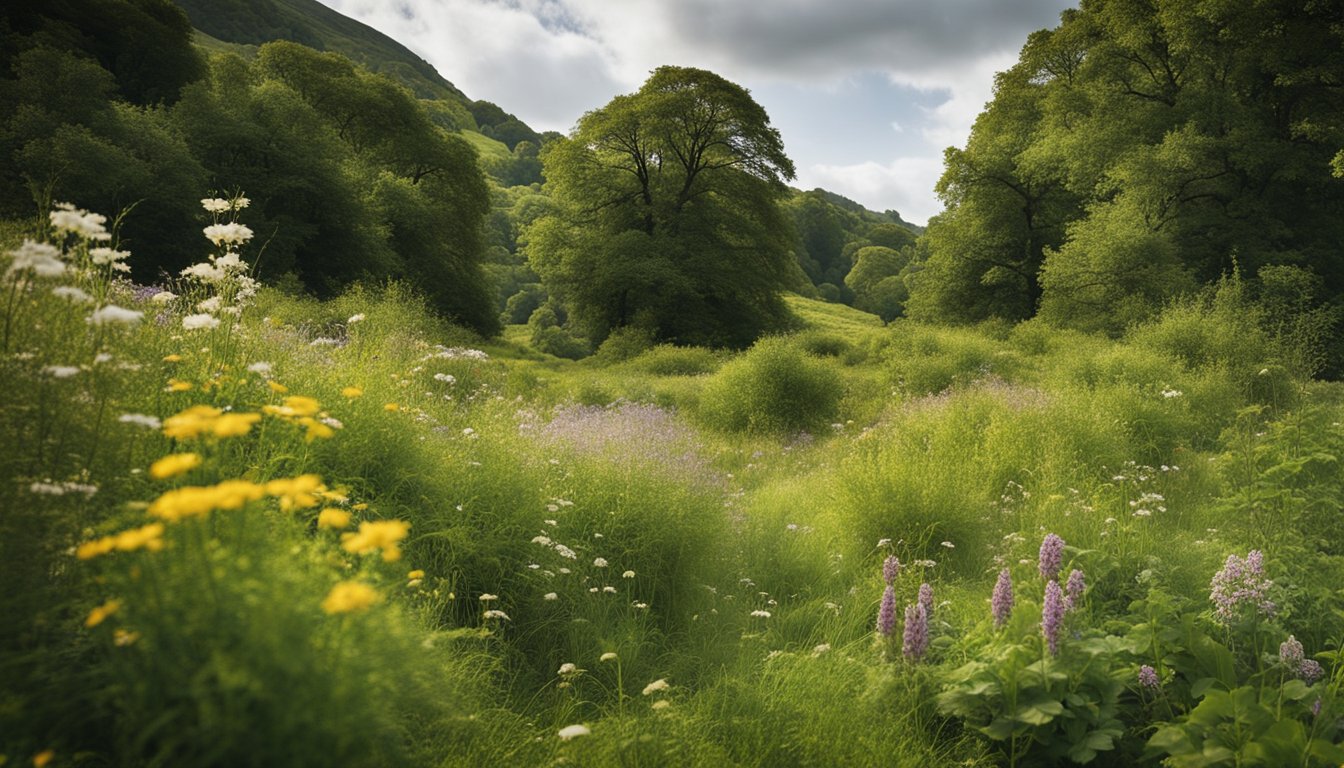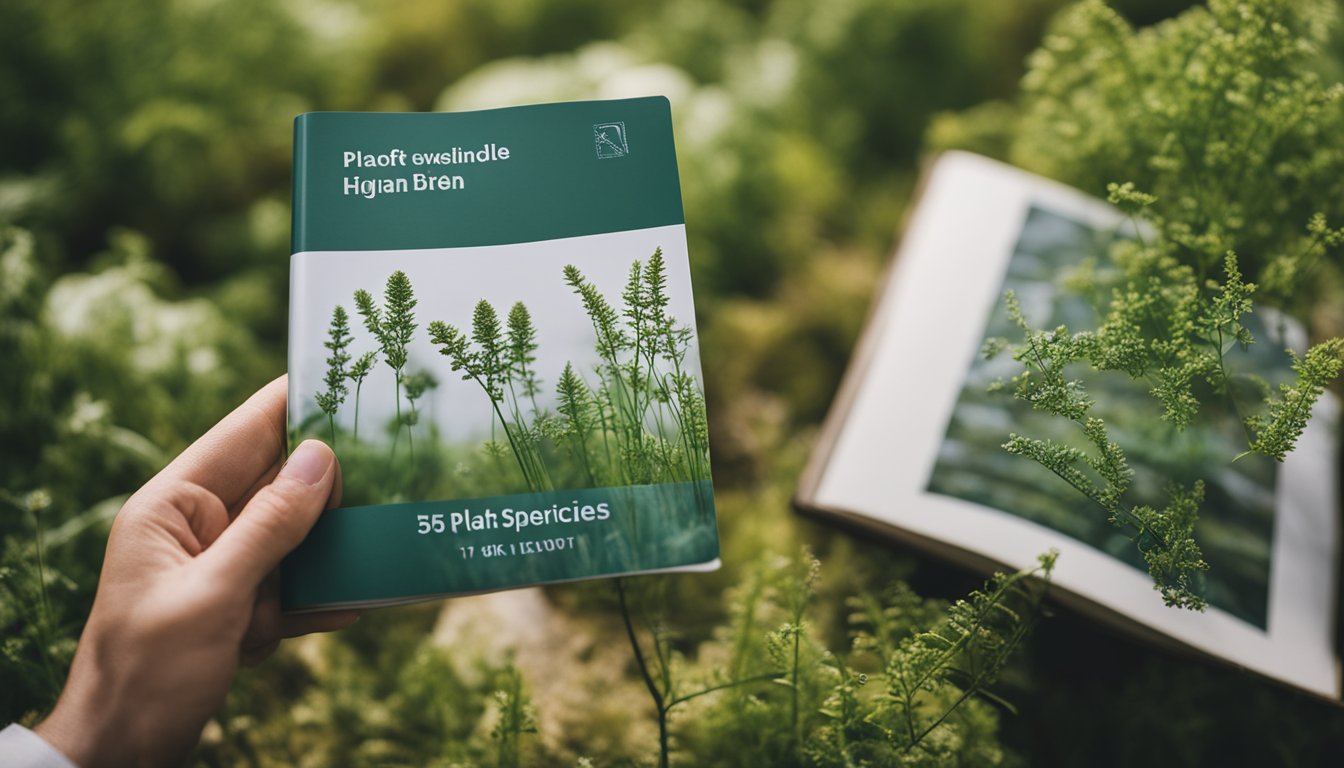Late updated: 04 Oct 2024 13:10
Written by: Emily Thornton
How To Identify Native UK Plant Species: A Guide for Beginners
Exploring the splendour of Britain's natural landscapes often leads us to encounter a variety of native plants. These plants are integral to our ecosystems, offering food and refuge to wildlife. Understanding how to identify native UK plant species enriches our appreciation of biodiversity and enhances our conservation efforts.

Native UK plants can be identified by examining several characteristics, such as leaf shape and arrangement, bark texture, and flowering patterns. For instance, the silver birch is distinguished by its attractive white bark. Observing these features throughout the seasons can greatly improve our plant identification skills. It connects us with nature and fosters a deeper respect for the environment.
Identifying native plants is not only about recognising their beauty. It's also about understanding their role in the ecosystem and the challenges they face. Many native species are under threat from habitat loss and invasive species. As we learn to identify and support native flora, we can contribute to conservation efforts and promote a balanced and thriving ecosystem.
Key Takeaways
- Identifying native plants enhances our appreciation of biodiversity.
- Examining characteristics such as leaves and bark is crucial for identification.
- Supporting native plants helps combat conservation challenges.
Identifying Characteristics of Native UK Trees
In the United Kingdom, native trees each possess distinct features that aid in their identification. Recognising these characteristics helps to appreciate biodiversity and the significant role trees play within ecosystems across England, Scotland, Wales, and Ireland.
Leaf Shape and Tree Structure
Leaves provide significant clues toward identifying trees. For instance, Quercus Robur, commonly known as English Oak, features lobed leaves with a distinct sinus pattern—characteristic of deciduous trees. Betula Pendula, or Silver Birch, exhibits triangular, serrated leaves. Meanwhile, Alnus Glutinosa (Alder) has rounded leaves with a slightly notched tip.
Tree structure varies significantly. Oaks are broad and sturdy with spreading branches, while Beech (Fagus Sylvatica) has a dense canopy. Recognising these patterns helps us distinguish between species and understand their role in their respective ecosystems.
Bark Texture and Pattern
Bark texture is an essential characteristic for identifying trees. English Oak bark is deeply ridged and dark, indicative of its age and strength. Silver Birch, on the other hand, is well-known for its smooth, white bark that may peel in horizontal strips. The bark of Alder shows a range of colours from dark grey to almost black with a flaky appearance.
Beech trees possess smooth, pale grey bark common among younger deciduous trees. Examining these textures and patterns is vital for accurate tree identification, even when leaves are absent, offering insight into their adaptation and survival strategies in the UK environment.
Flowering and Fruiting Patterns
Various trees are distinguishable by their flowering and fruiting habits. The English Oak produces long catkins in spring, a feature shared by other deciduous trees. Silver Birch and Alder are also known for their catkins, with Alder's becoming woody cones as they mature.
Fraxinus Excelsior (Ash) displays clusters of purple or green flowers early in spring. By autumn, these trees develop samaras, utilising wind as a dispersal method. Observing these patterns aids not only in identification but offers a glimpse into the intricate interrelations within our ecosystems, supporting myriad wildlife species throughout the UK.
Conservation and Threats to Native Plant Species

The protection of native UK plant species is essential for maintaining biodiversity and healthy ecosystems. Understanding the unique challenges these plants face and how we can support conservation efforts is vital to preserving our natural heritage.
Understanding the UK's Native Plant Ecosystems
Native UK plant ecosystems are comprised of grasses, ferns, and a variety of wildflowers. These plants form interconnected networks that support local wildlife, offering essential habitats and food sources. Wildflower meadows, in particular, are vibrant and sustain pollinators like bees and butterflies. The resilience of these ecosystems rests on the diversity of plant life they encompass. Each species plays a unique role, contributing to the overall stability and health of the environment as a whole.
Common Threats and Invasive Species
Native plant species are under pressure from various threats. Human activities such as urban development and agriculture can lead to habitat destruction and fragmentation. Additionally, climate change is altering the conditions necessary for these plants to thrive. Invasive species, including Japanese Knotweed, further jeopardise native flora. These species often outcompete native plants, disrupting the natural balance of the ecosystem. Understanding these threats allows us to address them more effectively.
Conservation Efforts and How You Can Help
Conservation efforts are in place to protect and restore native plant species. Organisations like the Botanical Society of Britain and Ireland (BSBI) and the Woodland Trust focus on preserving these plants through research and community engagement. Individuals can support these initiatives by creating native plant gardens, participating in local clean-up activities, or volunteering for conservation projects. Our collective efforts can make a significant difference in safeguarding native species for future generations.
Frequently Asked Questions

Our focus here is to address common queries related to identifying native plants in the UK. We cover everything from characteristic features to resources for leaf and flower identification.
What are the key characteristics for identifying native UK plant species?
Key characteristics include leaf shape, flower structure, and growth habits. Native plants often have distinct features suited to the UK climate, like specific petal shapes or leaf arrangements that attract local pollinators.
What resources are available for recognising native UK plants via their leaves?
There are several printed and online handbooks offered by organisations like the Botanical Society of Britain & Ireland (BSBI). These resources provide detailed descriptions and images of leaf characteristics.
Where can I find a visual guide to assist with UK flora identification?
Websites like the Plant Atlas 2020 offer comprehensive photo galleries and interactive maps. They can be very helpful for visual identification through images of various plant species.
Can you distinguish a UK native plant from a non-native by its flowers?
Yes, certain flower traits can help. Native plants often have colours, shapes, and sizes adapted to specific pollinators found in the UK. Observing these unique features can aid in distinguishing them from non-natives.
How can I access a PDF guide to native UK plant species for identification purposes?
The Plant Crib, available from BSBI, offers downloadable PDF files. These guides include detailed information about challenging plants to identify, which can be particularly helpful.
Is there an online tool that helps in identifying UK trees by their leaves?
Yes, there are digital tools that allow users to input leaf characteristics to find potential matches. The BSBI and similar organisations often provide such resources to assist enthusiasts and professionals alike.
